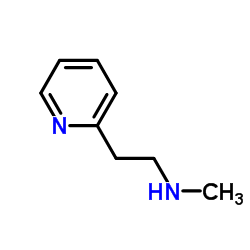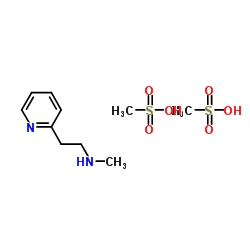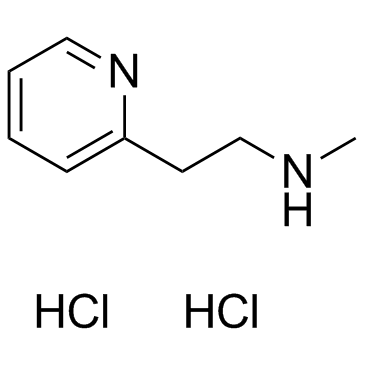| Structure | Name/CAS No. | Articles |
|---|---|---|
 |
Betahistine
CAS:5638-76-6 |
|
 |
Betahistine Mesylate
CAS:54856-23-4 |
|
 |
Betahistine Dihydrochloride
CAS:5579-84-0 |